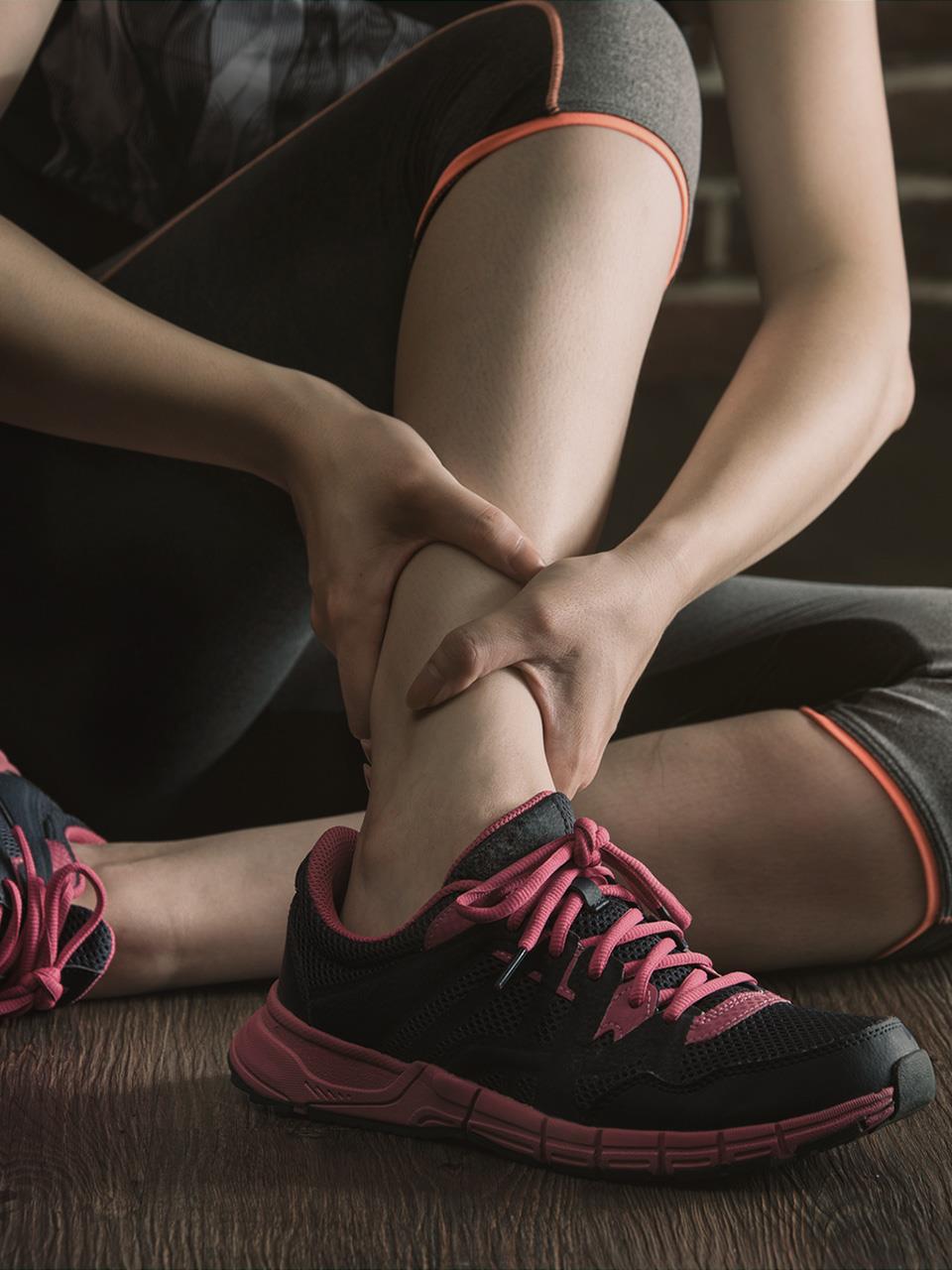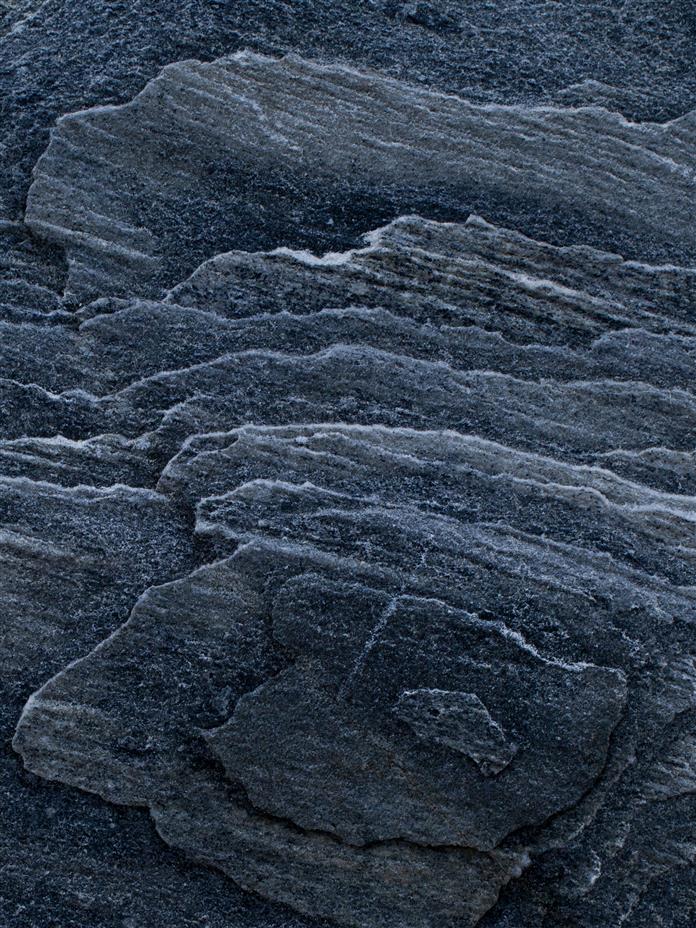
Tap to Read ➤
Foot and Leg Cramps
Buzzle Staff


A cramp is an involuntary muscular contraction which causes intense discomfort. It is the jolting pain that you experience, when the muscles in a particular part of the body tighten. This story discusses various methods to help you get relief from cramps in the legs and feet.

A muscle cramp is caused by an involuntarily and forcibly contracted muscle. A cramp can feel debilitating, making it impossible to move the affected area.

Cramps can occur in a skeletal muscle, but are common in legs, feet and muscles that cross two joints, for instance, the calf muscle. They can involve part of a muscle or all the muscles in a group. The most commonly affected areas of the body are:
- Calf (gastrocnemius)
- Thigh (hamstring)
- Thigh (quadriceps)
- Feet
- Arms
- Abdomen

The intensity of pain accompanying muscle cramps may range from slight to severe. The sensation may last for a few seconds to a minute, or at times, even longer.

It is common for the cramps to ease up for a while, and keep recurring, until the symptoms disappear entirely.

Causes of Muscle Cramps in Legs and Feet
Leg cramps or spasms are a painful tightening of the muscles in the leg. Leg cramps can be recognized by the sudden pain or discomfort in a leg or foot, along with a tight or stiff feeling. Some individuals particularly complain of nocturnal leg cramps.

Leg spasms affect persons of any age group, but they occur mostly in middle aged and older people. A foot cramp is the tightening or painful contraction in the arch of the foot. This, in many, occurs when the foot muscle knots up and contracts. Listed below are some reasons that cause cramps in the feet.

Over-worked Foot Muscle
Our foot and leg muscles suffer from exertion due to various reasons, ranging from bad posture, to wearing incorrect footwear. If the legs are under constant strain, they can become prone to muscle spasms.
Our foot and leg muscles suffer from exertion due to various reasons, ranging from bad posture, to wearing incorrect footwear. If the legs are under constant strain, they can become prone to muscle spasms.

Exercising in the wrong manner or overexercising (swimming for long hours, spending extra time on the treadmill, etc.), walking on hard surfaces for long, sleeping in an awkward position, etc. can also cause cramps in many.
Poor Blood Circulation
If you have been sitting at your desk all day long, day after day, you could be at a risk of suffering from leg cramps. Being in the same position for a long time adversely affects blood circulation, resulting in painful spasms in the feet.
If you have been sitting at your desk all day long, day after day, you could be at a risk of suffering from leg cramps. Being in the same position for a long time adversely affects blood circulation, resulting in painful spasms in the feet.
Vitamin and Mineral Deficiency
Deficiencies of thiamine (B1), pantothenic acid (B5), and pyridoxine (B6) are known to give rise to muscle cramps, precise reason behind this remains unclear. Deficiency of minerals like calcium, potassium, and magnesium also cause leg cramps, with pregnant women being most susceptible to it in the later stages of pregnancy.
Deficiencies of thiamine (B1), pantothenic acid (B5), and pyridoxine (B6) are known to give rise to muscle cramps, precise reason behind this remains unclear. Deficiency of minerals like calcium, potassium, and magnesium also cause leg cramps, with pregnant women being most susceptible to it in the later stages of pregnancy.
Dehydration
Dehydration is caused when your body is deprived of fluids, which can lead to muscle cramps. Keeping body hydrated is very important, especially while exercising, or when you are outdoors. Who constantly live in an air-conditioned environment are also prone to dehydration. Alcoholism and constant smoking are considered to be causes of dehydration.
Dehydration is caused when your body is deprived of fluids, which can lead to muscle cramps. Keeping body hydrated is very important, especially while exercising, or when you are outdoors. Who constantly live in an air-conditioned environment are also prone to dehydration. Alcoholism and constant smoking are considered to be causes of dehydration.
Other Causes
Besides the common factors causing muscle cramps, there are a few other reasons as well. They are-
Besides the common factors causing muscle cramps, there are a few other reasons as well. They are-
- Sports injuries
- Hormonal imbalance
- Pinched nerves
- Anemia
- Hypoglycemia
- Thyroid or endocrine malfunction
- Side effects of certain medication
Treatment for Cramp
1. Begin with an attempt to slowly move the leg or foot. Try this very softly to get rid of the rigidness. Remember that moving a cramped leg is bound to hurt, but stop the movement if your pain intensifies beyond measure.
2. Gently massaging the affected area. Massage using circular movements to stimulate blood circulation.
2. Gently massaging the affected area. Massage using circular movements to stimulate blood circulation.
3. If possible, try to get up and walk. Walking will improve blood circulation, and alleviate the pain.
4. Stretching works well to get rid of leg cramps. Of course, it is necessary to perform stretching in a slow and controlled manner, lest you end up causing further injury to the affected muscle.
4. Stretching works well to get rid of leg cramps. Of course, it is necessary to perform stretching in a slow and controlled manner, lest you end up causing further injury to the affected muscle.
5. Applying heat pads or ice packs will soothe the pain. Ice packs are usually recommended, however, there are some who get relief by using heat pads.
6. Keeping the affected leg in an elevated position can bring relief.
7. You are advised to consult your doctor about consuming medication for alleviating persistent pain caused by leg cramps.
6. Keeping the affected leg in an elevated position can bring relief.
7. You are advised to consult your doctor about consuming medication for alleviating persistent pain caused by leg cramps.
Your browser doesn't support HTML5 video.
To get rid of chronic leg cramps, ensure that you lead a healthy lifestyle that includes an exercise routine.
The Athlete Warm Up
Cramps are known to be a fairly common affliction, and are easy to cure with the help of simple measures.
Disclaimer: The information provided in this story is solely for educating the reader. It is not intended to be a substitute for the advice of a medical expert.